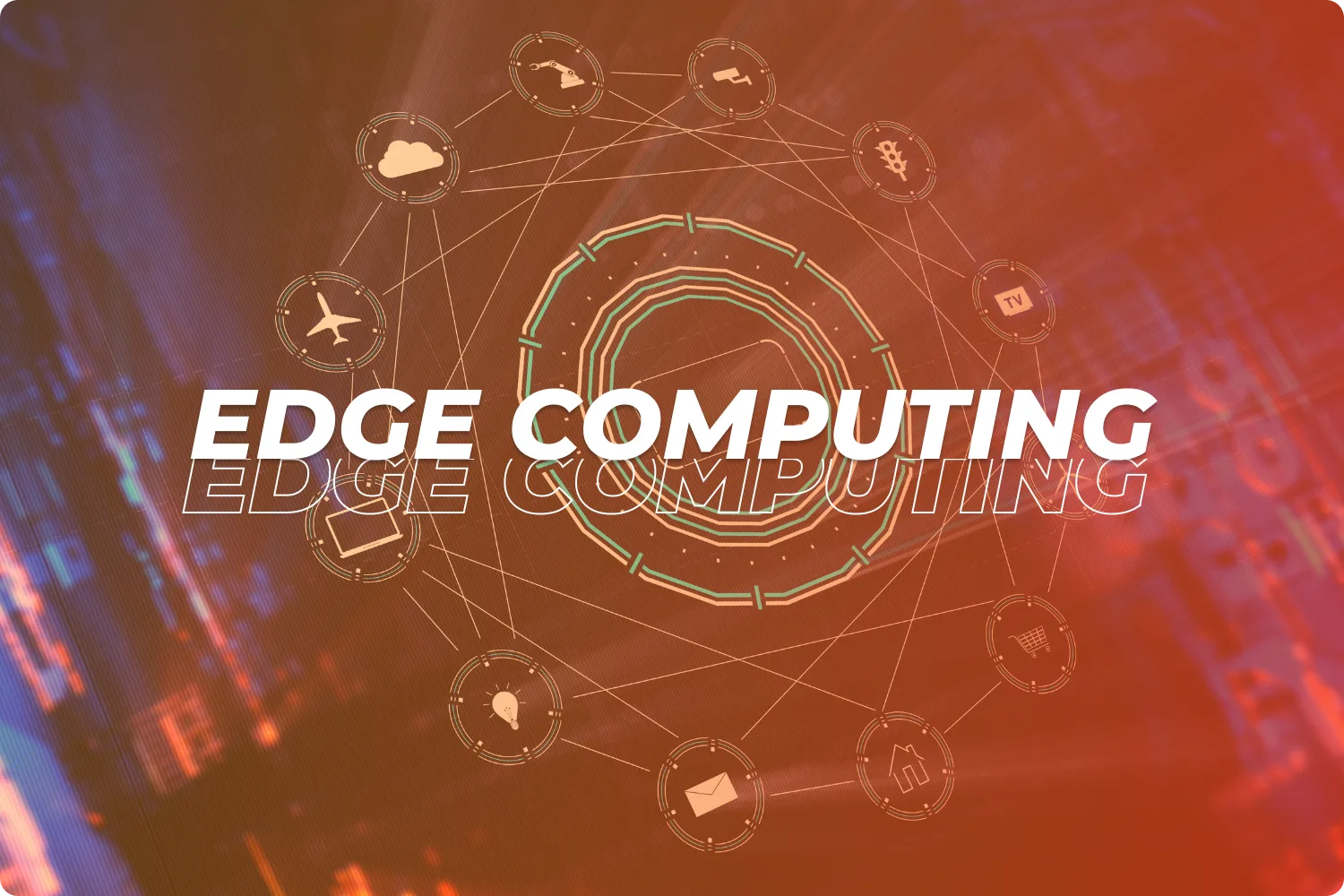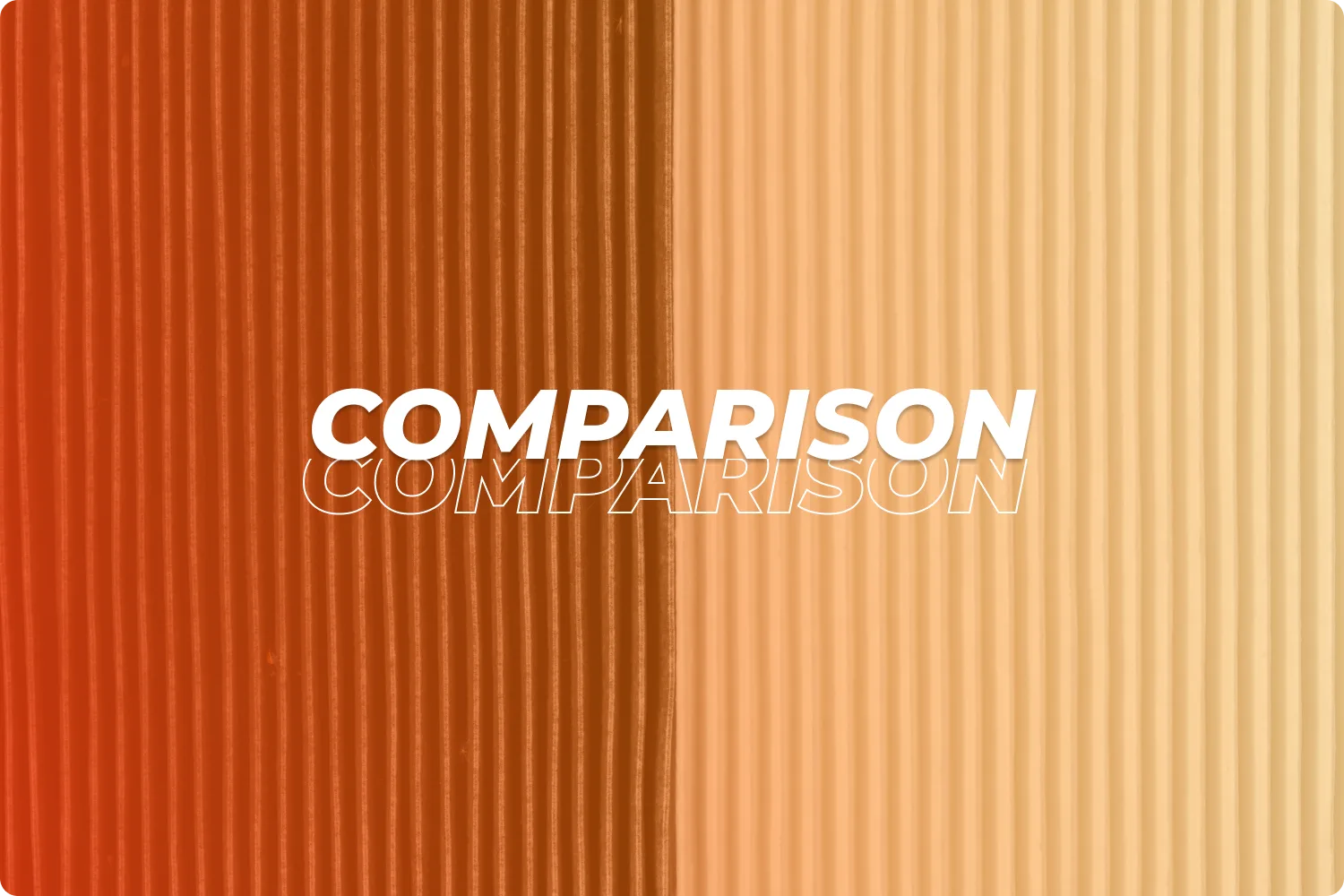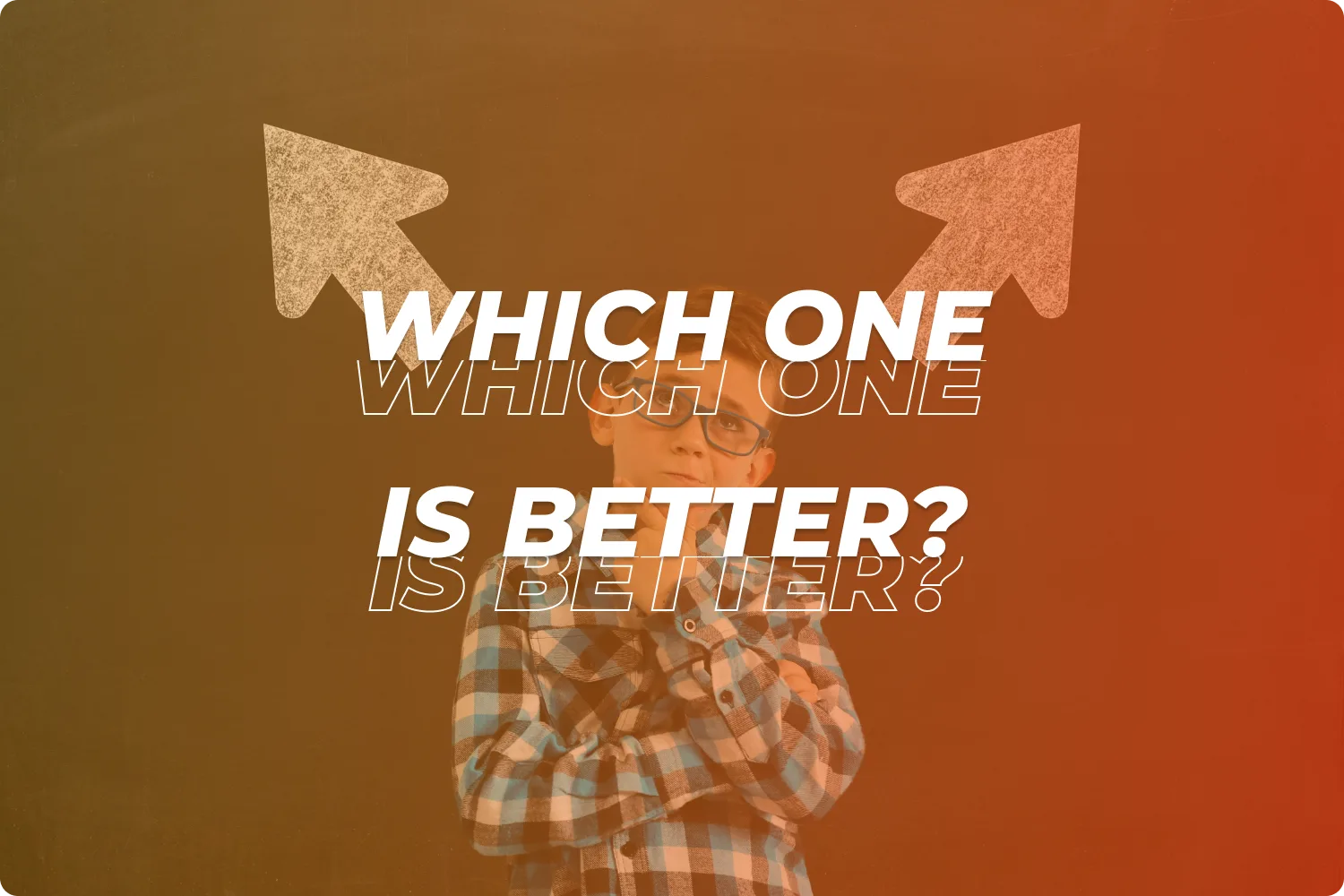Around the world, businesses and enterprises are moving towards automation and digitalization. In this regard, selecting the appropriate IT architecture has become more important than ever. The main concern in IT architecture is to devise a strategy that can answer how and where to process data. To address this issue, technologies like Cloud Computing and Edge Computing are making a boom in IT. In fact, the market size for edge computing is expected to grow and be valued at $983.34 billion by 2037.
However, both technologies have their own strengths and face unique challenges as well. In this article, we will explore the details of these technologies along with the differences, advantages, and optimal use cases of both edge and cloud computing. This will help you understand which option will be suitable for your business.
Cloud Computing
Unlike traditional servers, cloud computing provides services such as servers, storage, databases, networking, software, analytics, and intelligence using the internet i.e., "the cloud." In cloud computing, organizations tend to use cloud providers such as Amazon Web Services (AWS), Microsoft Azure, and Google Cloud Platform (GCP) to get technological services.
Types of Cloud Computing
There are different models and services when it comes to cloud computing. There are four main categories of cloud computing. The first category is public cloud services. They are offered using the public internet and are utilized by various enterprises. Some of the examples include AWS, Azure, and Google Cloud. The second category is private cloud. This provides a specialized environment for a particular business, allowing for greater control, customization, and protection. The third one is a hybrid cloud arrangement that mixes public and private clouds. It allows data and applications to move to and from the two for enhanced performance and compliance. Finally, there is a multi-cloud approach that employs various cloud services from different providers to reduce dependency on a single source while ensuring resilience and flexibility.
Benefits of Cloud Computing
Cloud computing is widely adopted by many enterprises, and the reason is that it provides numerous benefits. It saves organizations the time and costs necessary to build up a fully functional physical IT infrastructure. The following are the benefits explained:
- Cost Effective: Maintaining IT systems requires a lot of budgets as compared to the cloud models. Businesses mostly prefer using cloud services to avoid the need to acquire pricey infrastructure. This results in significant cost savings. Also, Pay-as-you-go pricing methods in cloud computing lower the capital expenditure.
- Scalability: Businesses often go through an upgrade or downgrade depending on the demands. So, in this case, cloud platforms are preferred because they are scalable and flexible.
- Accessibility: Cloud services are accessible from anywhere with an internet connection. The cloud allows you to build a virtual workplace from anywhere. It also enables teams to collaborate on a project from several places by providing access to the same files as third-party providers.
Cloud computing is a well-established and expanding sector on a global scale. In 2021, cloud computing saw its peak during the outbreak of the pandemic. Remote connectivity and the ability to work online sparked new trends, priority areas, and possibilities through cloud computing. For example, Netflix, a famous entertainment stream, uses Amazon Web Services and seamlessly provides content to millions of users all across the globe. By using cloud infrastructure, Netflix is able to cater to the enormous surges in demand, especially during peak times like holidays or when new shows are launched.
Today, enterprises of all sizes and industries are using cloud computing for almost everything, be it sending emails, using virtual desktops, data backup, software development and testing, client-facing web apps, or big data analytics. For instance, financial institutions like banks rely on large-scale cloud solutions to detect and prevent fraud in real time. Also, healthcare organizations use cloud-powered systems to personalize therapies to the requirements of individual patients. In general, cloud infrastructure provides end users with quicker service and more convenience than traditional IT infrastructure.
Edge Computing
Edge computing puts processing and data storage quite close to where they are needed, which improves reaction times and saves bandwidth. Edge computing processes data locally on "the edge" of the network, rather than transmitting it to a centralized cloud for processing.
Many advanced technologies that require real time data processing like Artificial intelligence, IoT, and 5G have made edge computing quite popular.
Types of Edge Computing
Edge computing can take several forms, depending on where and how the computation is carried out:
- Device Edge: Computation is performed directly on devices such as smartphones, sensors, or industrial machines.
- Gateway Edge: Edge gateways collect, process, and transmit data between local devices and central systems.
- Cloud Edge: Edge infrastructure provided by cloud providers that brings cloud services closer to users geographically.
Benefits of Edge Computing
Edge computing provides a plethora of benefits to businesses. Some of the benefits of using edge computing include:
- Reduced Latency: The latency is highly reduced because it lowers the overall time it takes for data to travel by sending it to the nearest edge.
- Increased Security and Privacy: When data is processed locally, it means that it is safe and secure from external threats.
- Resilience: They are resilient as they can function autonomously even when the connection to the central cloud gets distorted.
- Improved Bandwidth: It provides better bandwidth as the data is analyzed and filtered at the source. This means only essential data is passed on to the centralized data centers.
As there is an increase in the demand for quick and efficient data processing, more businesses are moving towards edge computing configurations rather than the traditional ones. For example, autonomous cars use edge computing to make real-time choices using inputs from cameras, radar, and sensors.
Comparison Between Cloud Computing and Edge Computing
Edge computing and cloud computing differ in how and where they process the data. Cloud computing centralizes data processing in big data centers, allowing for scalability, massive storage, and enhanced analytics capabilities. It is best suited for applications that do not require real-time processing and can handle increased latency. On the other hand, edge computing decentralizes processing. This means it brings it closer to the source of data production. This enables fast action and increased efficiency in time-sensitive situations.
One major difference is in the latency. Cloud computing requires sending data over networks to remote systems, which causes latency. Edge computing minimizes latency by processing data on or near-site. Another difference is the amount of bandwidth used. Cloud-based solutions often require massive quantities to be transmitted over the internet, whereas edge computing reduces data transmission by handling most of it locally.
Cloud computing is pocket-friendly, especially for small to midsize companies that are typically tight on budget. But in the long run, edge computing is more cost-effective. That's because it has the potential to save long-term operating expenses in situations where bandwidth utilization or data transfer prices are significant. In terms of dependability, edge computing performs really well in areas with intermittent connections since it allows for ongoing operation even while separated from the central cloud. Cloud systems, on the other hand, are significantly reliant on consistent internet connectivity.
They also differ when it comes to security and compliance. While cloud providers offer strong security protection, organizations frequently prefer edge computing to have greater control over critical data. Edge computing guarantees that data may remain inside local or national bounds, which is an important consideration for industries controlled by rigorous data rules.
Role of Edge Computing and Cloud Computing in Modern Technologies
The fourth industrial revolution, which includes Artificial Intelligence (AI), Internet of Things (IoT), 5G, augmented reality (AR), and blockchain, is all heavily relying on edge and cloud computing. While the cloud is used for training AI models and managing data lakes, the edge is also required for real-time responsiveness in devices and sensors. Blockchain systems benefit from both paradigms, using the cloud for scalability and the edge for distributed, decentralized operations.
For example, in smart manufacturing settings (also known as Industry 4.0), IoT sensors on assembly lines make use of edge computing to monitor performance of equipment and ambient conditions in real time. In case of any anomalies, like rapid temperature increase, decisions regarding turning off a machine may be taken immediately at the edge. Meanwhile, aggregated data is sent to the cloud for long-term analysis, predictive maintenance planning, and connection with enterprise resource planning (ERP) systems.
Use Cases
Cloud Computing is ideal for Web Hosting and SaaS because these applications require high scalability and global reach. It is also suitable for Big Data Analytics for aggregating and analyzing large datasets. Also, if your company is into Disaster Recovery, then the cloud option is best as it offers robust backup and disaster recovery services.
Edge Computing is suitable for IoT Deployments, which include smart cities, manufacturing, and remote sensors. It is also suitable for healthcare devices to provide real-time patient monitoring with local processing. Similarly, in industrial automation, edge computing offers low-latency requirements in robotics and process control.
Which One is Better for Your Business?
There are multiple things to investigate when deciding which technology to use in your business. The following are a few factors:
- Latency Requirements: If your business has time-sensitive applications then Edge computing is suitable. That is because its low latency benefits time-sensitive applications like real-time monitoring and control systems.
- Volume of Data: If your business requires applications that have huge datasets, like analytics or machine learning, then in this case consider cloud computing. The scalable architecture will deal with the voluminous data effectively.
- Connectivity Limitations: If your organization involves the operations in remote, distant or intermittently connected environments, then go for edge computing. It offers resilience and will ensure that in case of lost connection, data is still being processed.
- Security and Compliance Concerns: Businesses dealing with confidential information should opt for edge computing. It provides greater control over data localization and access.
- Cost Consideration: Cloud computing often requires a smaller initial investment, but edge solutions may provide greater long-term benefits by lowering data transmission costs.
It is best to assess your application architecture. For monolithic applications or systems requiring global scalability, the cloud may be superior. For distributed, event-driven architectures needing real-time response, edge computing could be more advantageous.
Hybrid Approach- the Best of Both Worlds
Many modern businesses are not required to select one over the other. In reality, a hybrid approach is best in certain conditions. In this approach, edge devices can be used to do real-time analytics while also synchronizing with the cloud which can offer historical analysis, compliance, and backup.
Let’s consider an example. In agriculture, smart sensors use edge computing to collect local data on soil conditions and weather patterns. This data is then stored in the cloud for seasonal trend analysis and long-term forecasts.
Conclusion
Since edge and cloud computing both meet different business goals, there is no one best option. Cloud computing is perfect for businesses with large data demands and centralized operations because of its superior scalability, worldwide access, and affordable storage. With reduced latency and more control over sensitive data, edge computing, on the other hand, enables businesses to take immediate action on data, especially in distant or bandwidth-constrained situations.
A hybrid strategy that uses edge computing for local resilience and real-time decision-making and the cloud's processing and storage capabilities will be advantageous for many enterprises as digital transformation is gaining momentum. Finally, the choice is more than just selecting a technology; it is about aligning your IT strategy with your business goals. Consider your customer experience objectives, compliance requirements, IT staffing needs, and growth expectations.
Businesses that combine edge and cloud computing may improve operational efficiency, enable creativity, and gain a competitive advantage in an increasingly linked world. You may create computer architecture that not only addresses the problems of the present but also sets up your company for future expansion by assessing your application requirements, infrastructure limitations, and strategic objectives.
Empower Your Business with FunctionEight’s Expert IT Solutions
In today’s digital era, choosing the right IT infrastructure is critical. Whether you're navigating the scalability of the cloud or the responsiveness of edge computing, FunctionEight is your strategic partner in building a future-ready digital architecture. With decades of expertise and a deep understanding of modern business demands, we help you streamline operations, enhance security, and unlock real-time performance, whether in the cloud, at the edge, or through a powerful hybrid approach.
From cloud migration and infrastructure management to tailored edge computing solutions, FunctionEight transforms your IT environment into a competitive advantage. Let us future proof your business with smart, scalable, and resilient technology.
Get in touch today and elevate your IT strategy.








